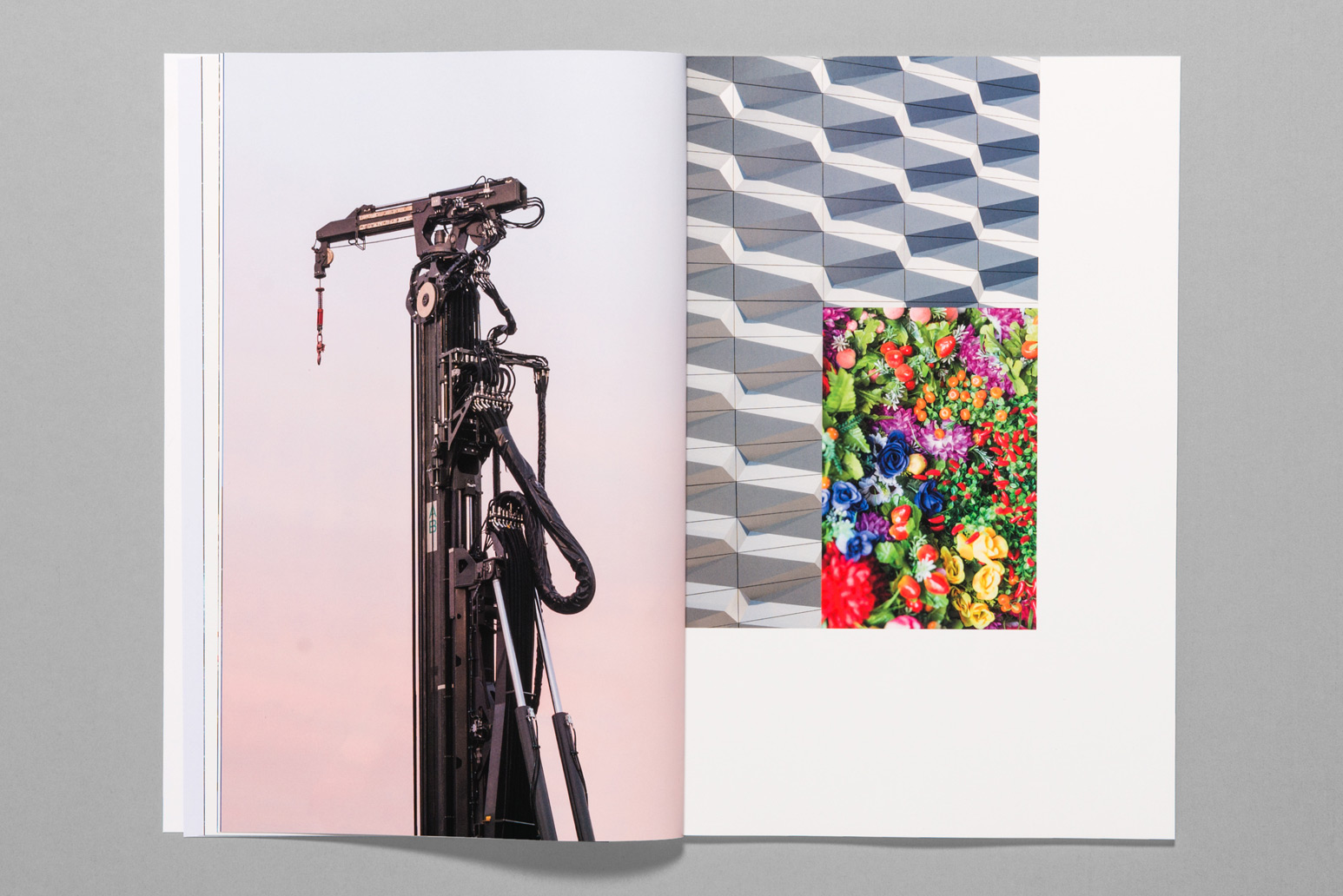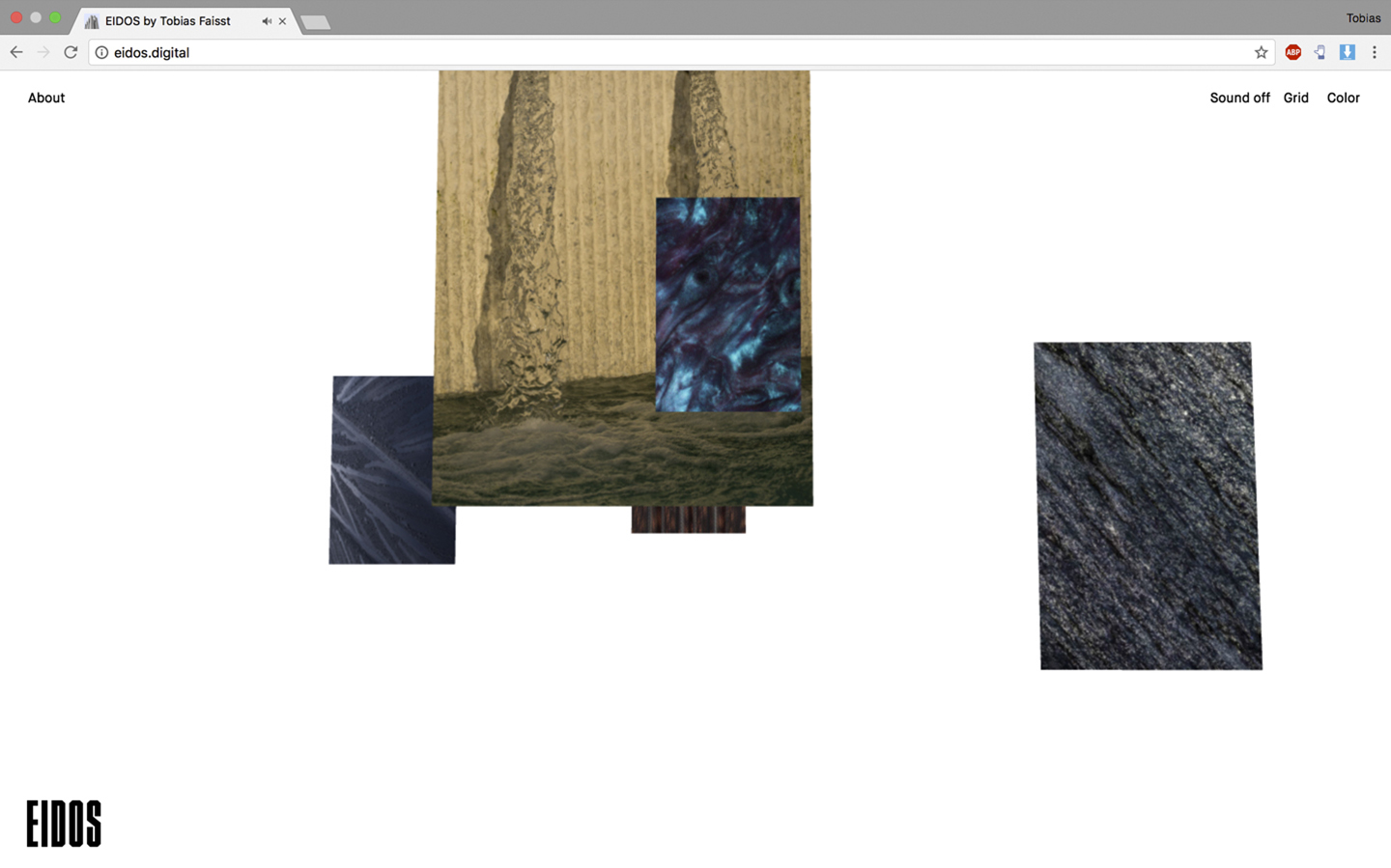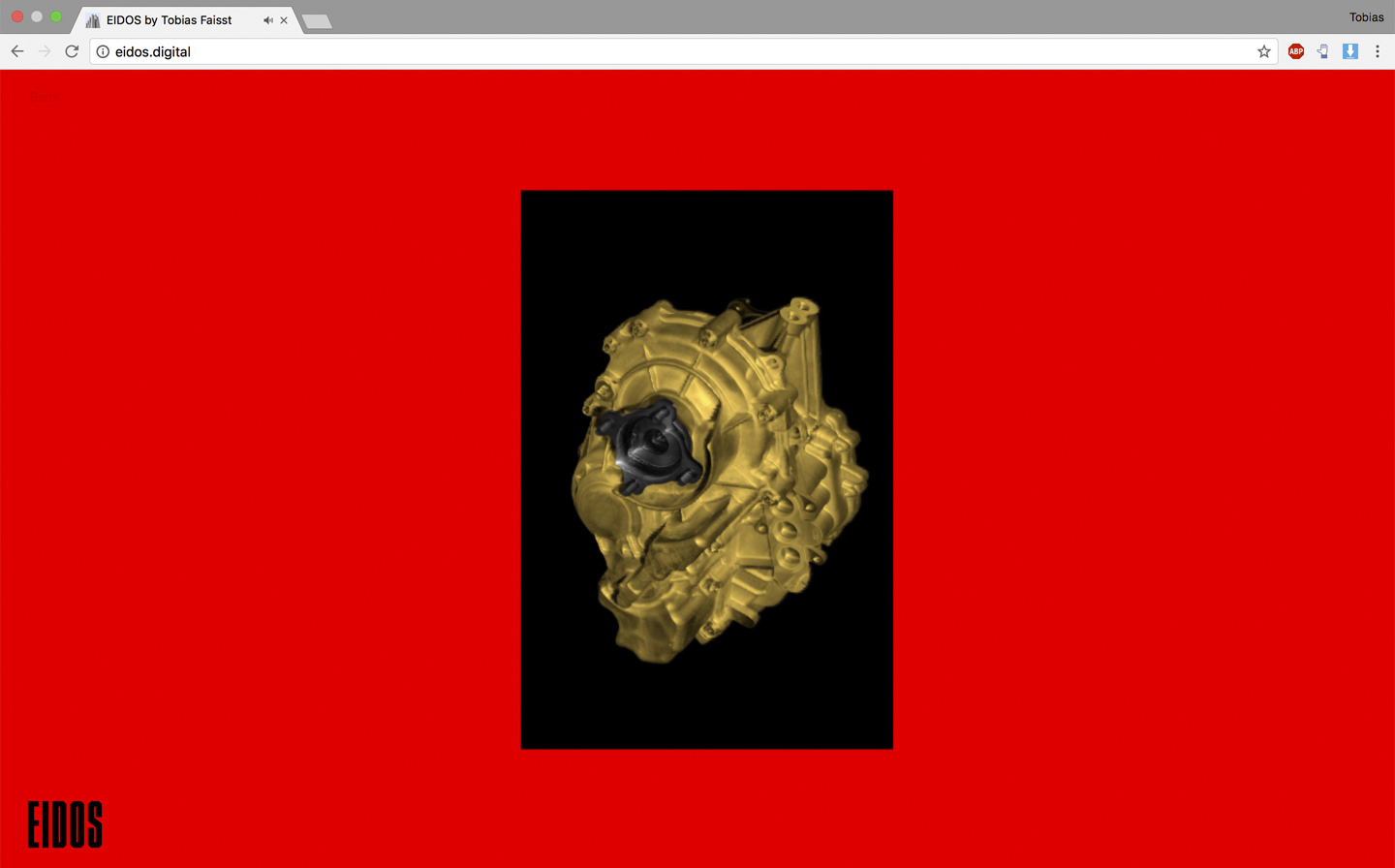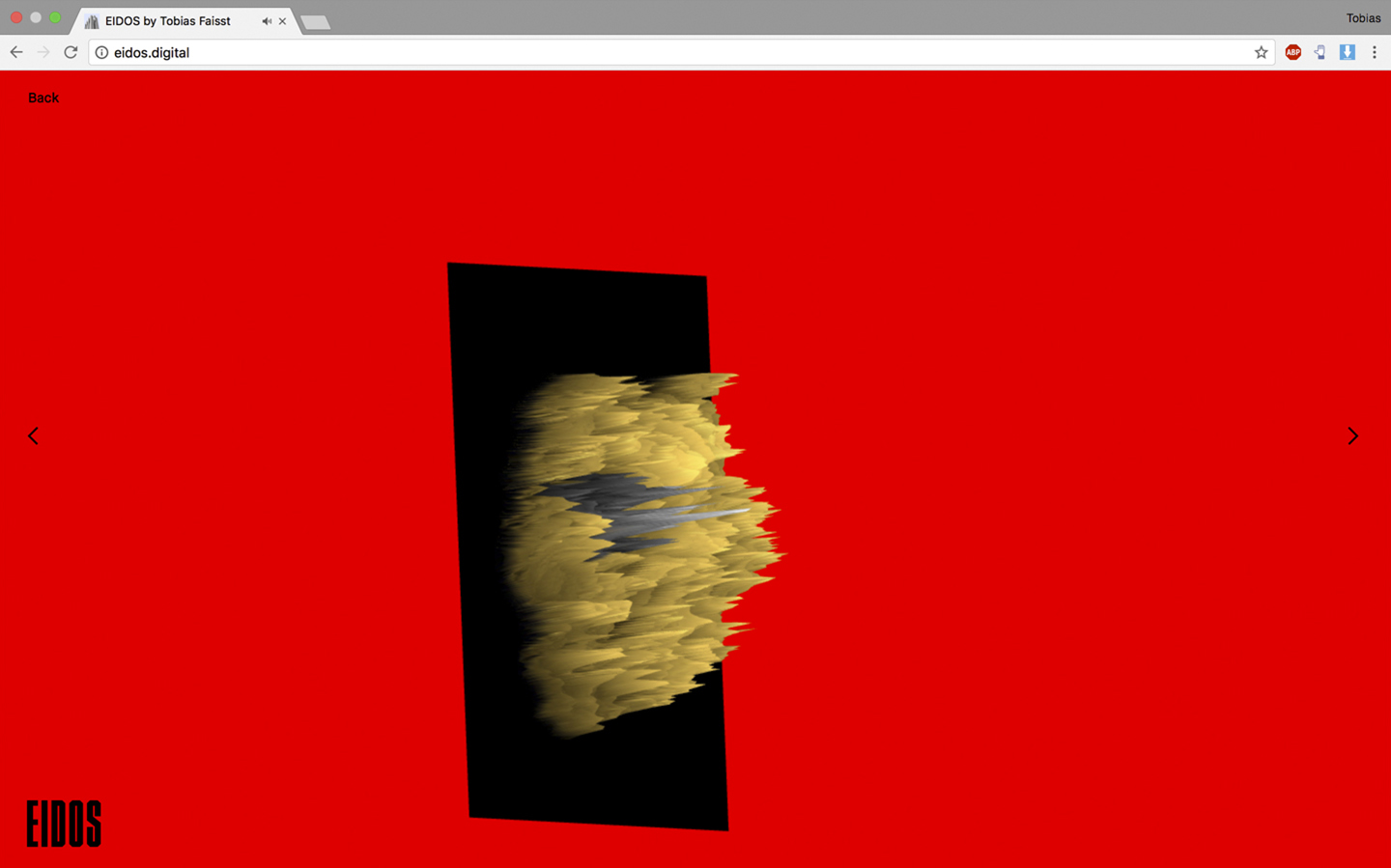TRNS002: EIDOS
TRNS001: SAGEN SAGEN
In current times, image production more and more develops to be an artificial process of manipulation and post-production. It is coined by the aspiration to produce something that could be described as the longing for hyper-perfection. “As a result”, as Sophie König writes in her introductory essay to the book EIDOS, “the glossy and highly processed images often make their object unrecognizable as it loses its familiar context.”
With the work EIDOS, Tobias Faisst captures the complex interrelationships between human, technology and nature, while continuing to challenge and blur the lines between them. Through a lens of said hyper-perfection, operating at the interface between photography and computer-generated image, his photographs ultimately call into question the production and perception of reality. As Sophie König points out: “The existence of rendered pictures, and our knowledge of their possibility, ultimately makes us doubt reality itself. To the point, where we are unable to distinguish whether we are looking at a photograph or an image created by a computer.”
The project manifests itself in two different forms
As an artist book that that comprehensively gives an overview of the complex of work by Tobias Faisst, accompanied by an introductory essay written by Sophie König.
As a digital space that overcomes the given limitations and linearity of a book. On www.eidos.digital the pictures are made accessible in a way that is inherently anchored in the virtual realm and that adds a three-dimensional layer to Tobias Faisst’s work. Sophie König’s essay is integrated as an audio layer that consistently plays in the background and therefore brings it closer to Tobias Faisst’s photography. The viewer does not need to read the essay first and then observe the pictures, but can experience both simultaneously.
By choosing to present EIDOS as a book and digital experience, the work’s main topic is mirrored in its outlets.
Sagen Sagen, written by Samuel Weidmann, contains findings, views and insights, solutions to current and future problems, questions, propositions and new findings and vignettes of everyday life.
On 108 pages the reader is confronted with sentences that can be easily integrated in almost every conversation. Unfortunately, reading a book is traditionally a solitary thing. By translating Sagen Sagen to the World Wide Web, the sharing-machine per se, Transform aspires to overcome the book’s inherent limitations.
Sagen Sagen manifests itself in three different forms:
As a conventional book that is as economically produced as it is offered for sale. The book can easily be carried around and given away. A first step to sharing its contents.
As an online video archive on www.sagensagen.ch. A variety of personalities read the sentences and the resulting short video clips can be shared on social media or via mail. By doing this, the sentences can situationally be brought into orbit. You feel like your friend’s car color matches his personality? Tell him by sending a short video clip from the website. As a daily WhatsApp-Newsletter that lets the subscriber daily receive one of the book’s sentences as a moving image – directly send to the smartphone. Consequently, the sentences and video clips are integrated in the subscriber’s individual video archives and can be used, like GIFs, as possible reactions in conversations.
Sagen Sagen, written by Samuel Weidmann, contains findings, views and insights, solutions to current and future problems, questions, propositions and new findings and vignettes of everyday life.
On 108 pages the reader is confronted with sentences that can be easily integrated in almost every conversation. Unfortunately, reading a book is traditionally a solitary thing. By translating Sagen Sagen to the World Wide Web, the sharing-machine per se, Transform aspires to overcome the book’s inherent limitations.
Sagen Sagen manifests itself in three different forms:
As a conventional book that is as economically produced as it is offered for sale. The book can easily be carried around and given away. A first step to sharing its contents.
As an online video archive on www.sagensagen.ch. A variety of personalities read the sentences and the resulting short video clips can be shared on social media or via mail. By doing this, the sentences can situationally be brought into orbit. You feel like your friend’s car color matches his personality? Tell him by sending a short video clip from the website. As a daily WhatsApp-Newsletter that lets the subscriber daily receive one of the book’s sentences as a moving image – directly send to the smartphone. Consequently, the sentences and video clips are integrated in the subscriber’s individual video archives and can be used, like GIFs, as possible reactions in conversations.





